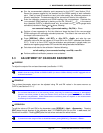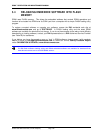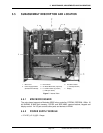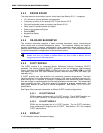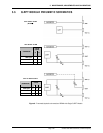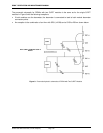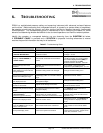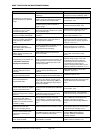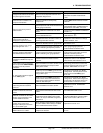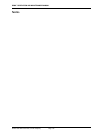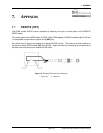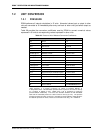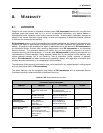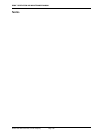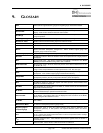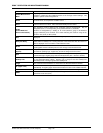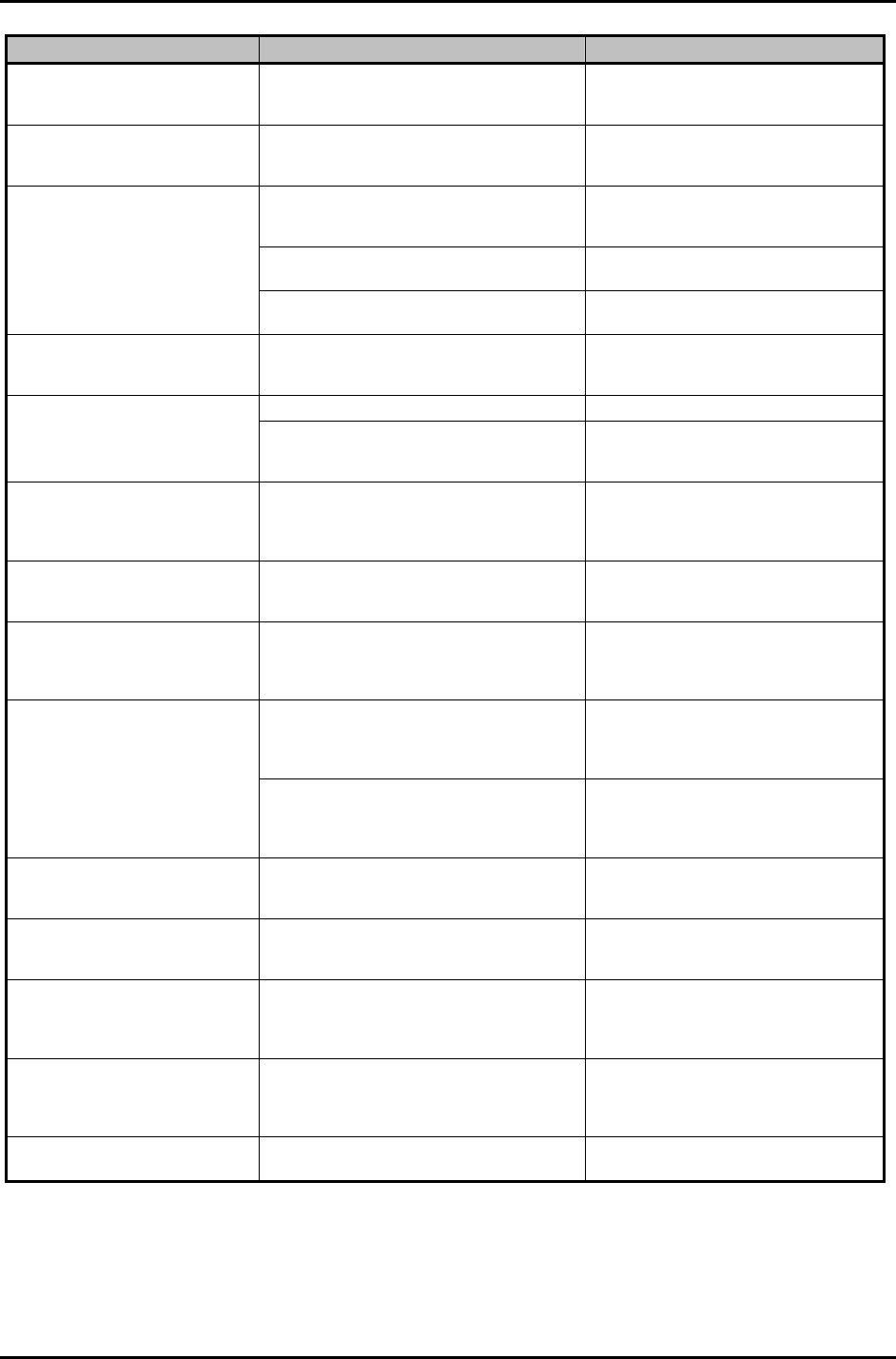
6. TROUBLESHOOTING
Page 133 © 2004-2007 DH Instruments, a Fluke Company
SYMPTOM PROBABLE CAUSE SOLUTION
Disagreement between two Q-RPTs
in system appears excessive.
Difference is actually within tolerance and
acceptable disagreement.
Compare differences observed to
tolerances on Q-RPT measurements.
1.2.2.1
Apparent inaccurate pressure
control/measure and little or no
response from Q-RPT:
Reference transducer destroyed by
overpressure.
Contact DHI Authorized Service Provider.
Table 29
Incorrect pressure units and/or measurement
mode (gauge or absolute).
Set desired pressure units and/or
measurement mode. Consider reference
temperature if unit is inWa. 3.3.2, 3.3.3
Q-RPT calibration coefficients have been
altered.
Check and correct calibration coefficients if
needed. 5.2
Apparent inaccurate pressure
measurement.
AutoZ has been run and turned ON with an
incorrect standard for zero.
Check value of P
offset
. Rerun AutoZ with a
valid reference. 3.5.1
Apparent inaccurate pressure
measurement and <h> is
displayed on top line of screen.
An unplanned “head” correction is active or
head height or fluid is incorrect.
Operation is normal. Remove or change
“head” correction. 3.3.7
Need to run AutoZ to rezero in gauge mode. Run AutoZ. 3.3.9
Pressure applied is zero gauge
but reading is NOT zero.
Current measurement mode is absolute and
RPM4 is indicating atmospheric pressure.
Check measurement mode setting and
set to gauge if gauge pressure
measurements are desired. 3.3.3
Pressure applied is atmospheric
but RPM4 indicates near zero.
Current measurement mode is gauge and
RPM4 is indicating zero gauge pressure.
Operation is normal. Check
measurement mode setting and set to
absolute if absolute pressure
measurements are desired. 3.3.3
A third Q-RPT designated HL is
available but RPM4 has only two
Q-RPTs.
Parallel measurement mode has been
activated.
Operation is normal. Turn off parallel
measurement mode if desired. 3.5.7.3
NOT reading pressure applied to
the test port and <SDS CLOSED>
is flashing over the pressure
indication.
SDS is CLOSED for the active Q-RPT so the
pressure applied to the test port is NOT
getting to the Q-RPT.
After taking precautions to assure that
pressure applied to test port is safe for
the RPT, OPEN SDS. 3.2.7, 3.3.8
RPM4 may have two TEST(+) ports and the
pressure to be measured is connected to the
wrong Q-RPT’s port
Familiarize yourself with your RPM4
configuration. Connect pressure to be
measured to correct TEST(+) port.
2.3.5, 5.6
Is NOT reading pressure applied
to the TEST(+) port.
RPM4 may have two TEST(+) ports and
pressure to be measured is connected to
correct port but active Q-RPT is NOT the
Q-RPT on that TEST port.
Familiarize yourself with your RPM4
configuration. Select active range to be
on the Q-RPT to which the pressure to
be measured is corrected. 5.6, 3.3.1
<SDS CLOSED> is displayed
alternating with the measured
pressure.
SDS is CLOSED for the active Q-RPT.
Operation is normal. OPEN SDS if
desired. 3.3.8
SDS should be present on a
Q-RPT but does not seem to be
active.
SDS has been turned full time OFF for the
Q-RPT.
Turn SDS full time ON. 3.5.4.2
SDS will not OPEN for the Q-RPT
shown on the second line in the
Q-RPT DISPLAY function.
When not in differential or parallel
measurement mode, SDS on the inactive
Q-RPT can only be OPENED using direct
SDS control.
Use direct SDS direct control to OPEN
SDS on the inactive Q-RPT. 3.5.4.1
SDS was left OPEN on one
Q-RPT when ranges were
changed. When you come back
to it, its CLOSED again.
When changing ranges causes a change of
the active Q-RPT, SDS is always CLOSED
for the Q-RPT that becomes inactive.
Operation is normal. 3.2.7
You would like to eliminate the
SDS function for a Q-RPT.
Set SDS to be inactive except for an
overpressure situation.
Turn SDS full time OFF for the Q-RPT.
3.5.4.2



